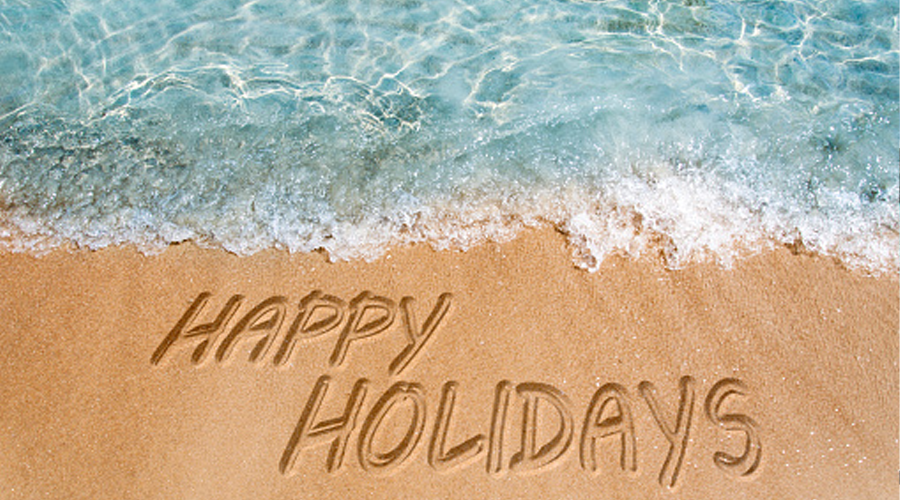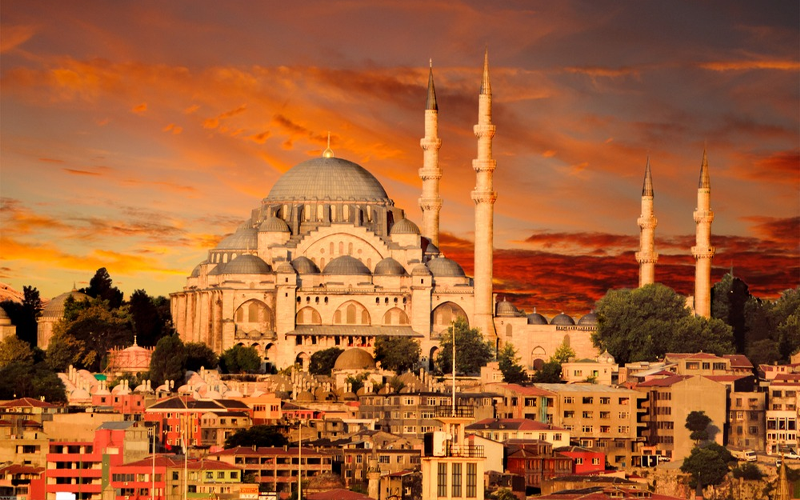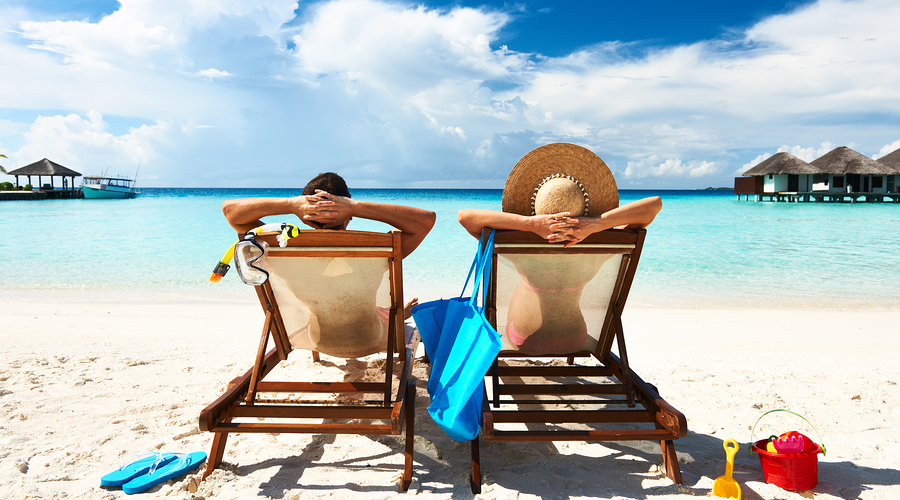There’s nothing more special than a photo album. Whether it’s of the kids before they grew up, or of long lost loved ones, they’re a way of taking a snapshot in time.
Of course, no one wants their albums to be full of photos of them eating, or looking less than perfect! It’s not hard to learn to take great holiday photos, and we can help you do it.
Taking great holiday photos is a combination of mind set, some best practices, and developing a few basic skills. Here are 8 tips that will get you started taking your best holiday photos yet.
1. It's All About Lighting
Even though each holiday is different, there is one thing that they all have in common: lights! No matter what you're celebrating this season, each holiday has their own unique decorations and lighting to go with it.
With this in mind, you should definitely take advantage of these distinctive lighting situations for your photographs. Play around with the lights and the light that they produce, because these aren't around all year.
If you want some ideas, try getting a portrait of a candlelit Menorah, wrap a buddy up in a string of Christmas lights for a silly snapshot, use the light from a cozy fireplace, or take some closeups of your own Christmas tree! The possibilities are limitless, and you're bound to get something special.
Use a tripod. One reason why so many low-light shots don't come out well is that it's really hard to hold a camera or phone still long enough to take a crisp-looking picture. Using a tripod takes the shake factor out of the equation. Also, try using the camera's self-timer mode to avoid the movement that inevitably occurs when you press the shutter button.
Use a fast lens. A fast lens will let more light through so you can take your pictures faster, reducing the potential for blur. You can tell how fast a lens is by looking at the maximum aperture (the shutter behind the lens), which is called the “f-stop” and notated as “f/X.X”. The lower the number, the wider the aperture and the more light the lens will let in. A good camera choice will come in at f/2.8 or lower.
2. Look For The Shadows
Shadows can be a photographers best friend and worst enemy.
There is no wrong or right way to angle the light and create or eliminate shadows, as long as you pay attention to where they are and how strong they are.
On a person, more shadows (light coming from the side) will accentuate wrinkles and skin imperfections. Having more flat light (light coming more straight on) will hide them. Of course if you are shooting small details and not people, you may want to create more shadows to show intricate details in an object. Those decisions are up to you as the photographer.
3. Take Pictures of Details
Some destinations have incredible details that really help identify that destination or make it extra special. These may be things such as carvings, monuments, building facades or interesting shops. For example in some middle eastern countries they often have beautiful shops selling colourful lamps, rugs and other special items, whilst in Vienna you’ll find impressive statues and monuments.
4. The Camera Doesn’t Matter
If you get too deep into the world of photography, it’s possible to get very focussed on gear. Getting the best camera, the best lens, or using exactly the right filter are things people spend far too much time and money on. They might be important for pro photographers, but you don’t need to worry about them.
The camera on your phone or your old point-and-shoot camera will do fine. If you have a new smart-phone, the camera on it is probably amazing anyway, so don’t worry about it. Having a fancy camera and lots of gear often makes it harder to get a great shot anyway.
5. Adjust the ISO Instead of Using the Flash
Most holiday events take place indoors, so you’ll have very little light to work with.
You may be tempted to use your camera’s flash – in fact, if you leave your camera on Auto mode, the flash may go off automatically.
But here’s the problem:
Direct flash from your camera looks, well, bad. It washes out colors, it gives a bright, deer-in-the-headlights effect for portrait subjects, and it casts unnatural shadows across people’s faces. Also, if you’re photographing religious ceremonies, a Thanksgiving concert, or even a family dinner, the participants probably won’t appreciate the constant flashing.
So what do you do? Well, if you switch your camera to Program mode and turn off the flash, then your photos will turn out either very dark or very blurry because of the limited light.
Instead, turn off your flash, and – using the Program mode I mentioned above – boost your camera’s ISO.
You see, the higher the ISO, the brighter the image becomes, and the sharper the image becomes, too, because a high ISO will allow your camera to increase its shutter speed.
6. Know What Your Focus Point Is
As with any good photo, you'll need to make sure that your subject is in focus. Otherwise, you'll end up with a blurred subject, and well, that's just a bad photo.
Make sure you always tap your focus point on the iPhone camera to set it, and even tap-and-hold to lock it. Try to not move after getting your focus point, and if you do, just make sure to tap to focus again. With all of the holiday lights, it's the perfect chance to use Portrait mode for a focused subject with blurred depth-of-field with bokeh effects.
Regardless of how what you're photographing this holiday, just make sure the picture is focused the way you want it to be.
7. Learn To Edit Your Photos
This may not be for everyone, but learning just a little basic photo editing can really take your images to the next level. The best part is, you can even go back to last year’s photos and make them a little better.
Chances are your smartphone comes with some basic photo editing capability. Basic photo editing can be an entire series of posts, so I’ll keep it simple here. Start off by learning to adjust exposure, shadows, and highlights. Those three adjustments can do the majority of what you may want to do with any photo.
If you want to take your editing to the next level, I recommend checking out the Adobe Photography Plan. It includes Lightroom and Photoshop which are pretty much the only two programs I ever need for image organization and processing. It’s a low monthly charge and you get all you probably ever need to go from beginner editing to high end professional work.
8. Use Reflections Zand Puddles
Not many people want to travel and have a wet and rainy day, but actually you can get some of the coolest images during these types of conditions. Using puddles and reflections in your pictures can aid your composition and create a really interesting shot. You can also take pictures with colourful umbrellas which can make a cool image.





